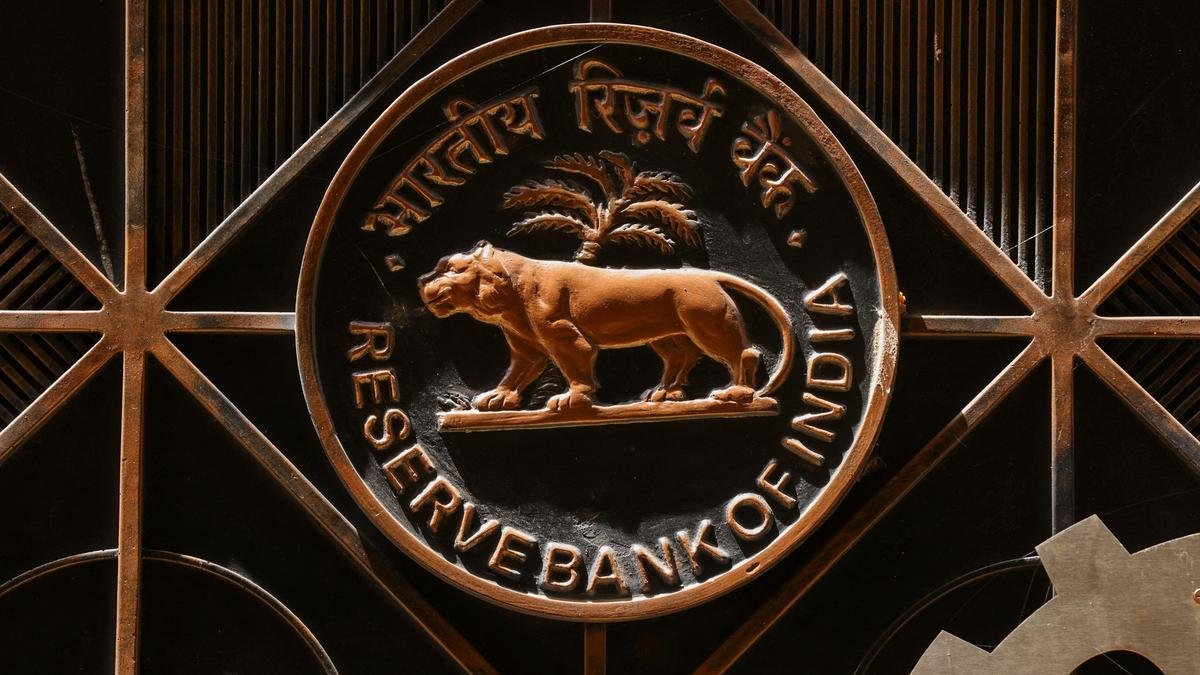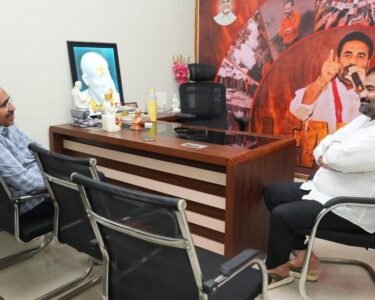The Telangana Government is set to raise ₹5,000 crore through fresh borrowings tomorrow, marking one of its significant financial moves for the fiscal year. As the state continues its efforts to stabilize public finances, manage developmental commitments, and strengthen welfare schemes, this borrowing is being closely monitored by economists, policymakers, and opposition leaders. The government maintains that the additional funds are crucial to sustaining growth and supporting ongoing public projects, even as debates over state debt levels intensify.
Background: Why the Borrowing Is Significant
Telangana, known for its rapid growth and infrastructure expansion, has depended on periodic market borrowings to support its capital and revenue expenditure. The upcoming borrowing exercise is part of the routine fiscal planning, yet it has drawn attention due to recent discussions around state debt sustainability, fiscal discipline, and Centre–State financial relations.
Over the last few years, Telangana has expanded investment in irrigation projects, welfare schemes, urban development, and public-sector support. With rising expenditures and fluctuating revenues, borrowing has become an essential component of managing the fiscal gap.
Government’s Borrowing Plan
According to official sources, the state will raise ₹5,000 crore through the issuance of State Development Loans (SDLs). These loans are typically raised through auctions conducted by the Reserve Bank of India (RBI). The proposed borrowing is expected to be finalized in tomorrow’s auction, where financial institutions and investors will participate.
Purpose of the Borrowing
The government has outlined three primary reasons for the borrowing:
- Funding ongoing welfare schemes such as agriculture support, health initiatives, and education-related programs.
- Completing key infrastructure projects, including irrigation facilities, urban mobility systems, and road development.
- Managing cash flow requirements, particularly given the uneven pattern of tax collections and central devolution.
Financial Challenges Facing the State
1. Rising Expenditure
Telangana has been operating several large-scale welfare schemes like Rythu Bandhu, Aasara pensions, KCR Kits, and double-bedroom housing. Combined with major capital projects, the state’s overall expenditure has significantly increased.
2. Dependence on Market Borrowings
Though market loans are a standard tool, their repeated use has raised concerns among economic analysts. The state’s debt-to-GSDP ratio has been a subject of debate, with some arguing it remains within safe limits while others warn of long-term risks.
3. Revenue Fluctuations
While Telangana records strong GST and excise revenues, certain sectors—such as real estate and transportation—have seen cyclical slowdowns. These fluctuations occasionally affect revenue stability, prompting the need for short-term fiscal support through loans.
Government’s Justification
The state government has emphasized that the borrowed funds will be utilized responsibly, primarily for productive expenditure that catalyzes economic growth. Officials argue that:
- Borrowing is well within fiscal responsibility limits set by the FRBM Act.
- The funds will generate future revenue through increased economic activity.
- Development cannot be slowed down due to temporary cash shortages.
Opposition’s Reaction
Opposition leaders have criticized the government’s borrowing move, questioning the necessity and transparency of additional loans. They argue that mounting debt could place a burden on future generations and reduce fiscal flexibility.
Some leaders have demanded a white paper on state finances, urging the government to disclose:
- Overall loan obligations
- Repayment schedules
- Impact of borrowings on budget deficits
- Status of financed projects
The government, however, maintains that the fiscal situation is under control and that the state’s economic health remains strong.
Economic Experts’ Views
Economists provide a mixed viewpoint on the borrowing:
Positive Perspective
- Borrowing for capital expenditure, if managed efficiently, can boost long-term growth.
- SDLs are considered safe instruments with relatively low interest rates.
- Timely borrowing can help states maintain liquidity without disrupting development.
Critical Perspective
- Excessive reliance on debt could affect future fiscal room.
- Rising interest payments may place pressure on annual budgets.
- States must balance welfare commitments with sustainable financial planning.
Impact on Development Projects
A substantial portion of the funds is expected to support ongoing projects across sectors:
Urban Infrastructure
Hyderabad and other major cities require funding for road repairs, sewage upgrades, metro expansion plans, and housing programs.
Rural Development
Irrigation systems, rural roads, drinking water projects, and agricultural support schemes are likely to benefit from these funds.
Social Welfare Programs
The government continues to prioritize support for farmers, women, senior citizens, and marginalized communities, which also require consistent funding.
The Road Ahead
With the borrowing scheduled for tomorrow, attention now shifts to the RBI auction and subsequent allocation of funds. The government is expected to release a detailed spending plan once the loans are secured. Transparency in utilization will be vital for maintaining public trust.
Furthermore, as Telangana prepares for the next fiscal cycle, it may need to adopt strategies to strengthen revenues, improve tax collection efficiency, and optimize expenditure.
Conclusion
The Telangana Government’s decision to raise ₹5,000 crore marks an important financial step amid evolving economic conditions. While borrowing is a routine aspect of state fiscal management, the scale and timing of the move highlight the growing demands of development and welfare programs. As debates around fiscal responsibility continue, citizens and analysts await clarity on how the funds will be utilized and how the state plans to sustain long-term financial health. Ultimately, effective deployment of the borrowed funds will determine whether this move strengthens Telangana’s growth model or deepens its fiscal challenges.
Do Follow Us Instagram







